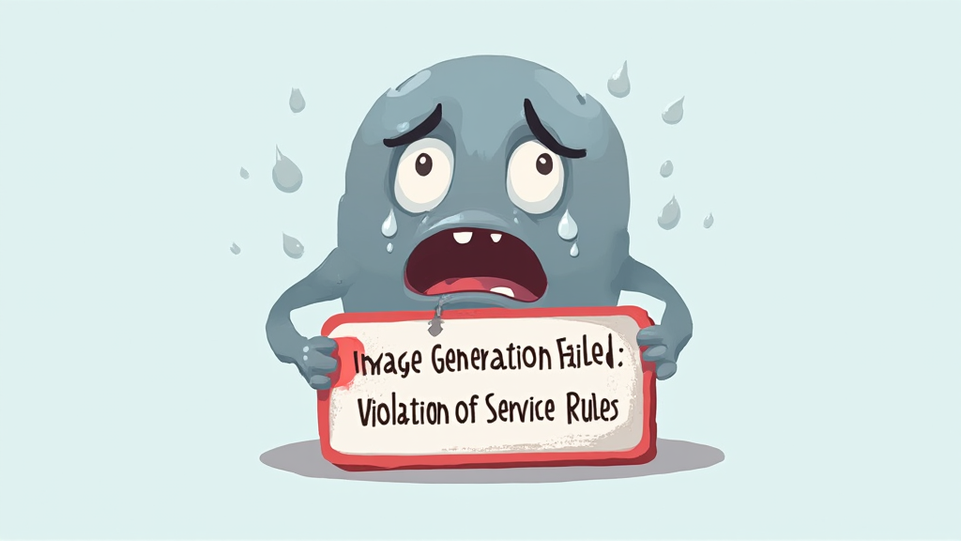Introduction to Cybersecurity in Finance
The Importance of Cybersecurity in the Financial Sector
In the financial sector , cybersecurity is crucial due to the increasing sophistication of cyber threats. He understands that a single breach can lead to significant financial losses. This reality underscores the need for robust security measures. Protecting sensitive data is essential. Moreover, regulatoey compliance mandates stringent cybersecurity protocols. Many institutions face hefty fines for non-compliance. Therefore, investing in cybersecurity is not just prudent; it is necessary. Security is everyone’s responsibility.
Overview of Common Cyber Threats
In the financial sector, common cyber threats include phishing attacks and ransomware. He recognizes that these tactics exploit human vulnerabilities. Phishing schemes often deceive individuals into revealing sensitive information. This can lead to identity theft. Ransomware can paralyze operations by encrypting critical data. Immediate action is essential to mitigate these risks. Awareness is key in cybersecurity.
Understanding Cryptocurrency Vulnerabilities
Types of Vulnerabilities in Cryptocurrency Systems
Cryptocurrency systems face various vulnerabilities, including smart contract flaws and exchange security issues. He understands that these weaknesses can lead to significant financial losses. Smart contracts may contain coding errors that hackers exploit. This can result in unauthorized transactions. Additionally, centralized exchanges are prime targets for cyberattacks. Security measures must be robust. Awareness is crucial for investors.
Case Studies of Major Cryptocurrency Breaches
Major cryptocurrency breaches, such as the Mt. Gox hack, highlight systemic vulnerabilities. He notes that this incident resulted in the loss of 850,000 Bitcoins. Such breaches undermine investor confidence significantly. They reveal the importance of security protocols. Additionally, the Coincheck hack exposed weaknesses in exchange security. Awareness of these risks is vital.
Best Practices for Securing Cryptocurrency Assets
Implementing Strong Passwords and Authentication
Implementing strong passwords and multi-factor authentication is essential for securing cryptocurrency assets. He emphasizes the importance of using complex passwords. Recommended practices include:
These measures significantly reduce the risk of unauthorized access. Regularly updating passwords is also crucial. Security is a continuous process.
Utilizing Hardware Wallets for Enhanced Security
Utilizing hardware wallets significantly enhances the security of cryptocurrency assets. He recognizes that these devices store private keys offline, reducing exposure to online threats. Recommended practices include:
These steps help safeguard against theft and hacking attempts. Security is paramount in cryptocurrency management. Awareness is essential for all investors.
The Role of Blockchain Technology in Cybersecurity
How Blockchain Enhances Security Measures
Blockchain technology enhances security measures through its decentralized and immutable nature. He notes that each transaction is recorded in a distributed ledger, making unauthorized alterations nearly impossible. Key benefits include:
These features significantly reduce fraud risks. Security is built into the system. Awareness of blockchain’s advantages is crucial.
Limitations of Blockchain in Cybersecurity
Despite its advantages, blockchain has limitations in cybersecurity. He acknowledges that scalability issues can hinder performance. Additionally, the technology does not inherently protect against social engineering attacks. This can lead to data breaches. Furthermore, regulatory challenges may complicate implementation. Awareness of these limitations is essential. Security is not absolute.
Regulatory Frameworks and Compliance
Understanding Global Regulations on Cryptocurrency Security
Understanding global regulations on cryptocurrency security is essential for compliance. He notes that different jurisdictions impose varying requirements. For instance, the Financial Action Task Force (FATF) sets guidelines for anti-money laundering. These regulations aim to enhance transparency and accountability. Non-compliance can result in severe penalties. Awareness of these regulations is crucial for businesses. Security is a legal obligation.
Best Practices for Compliance in the Financial Sector
Best practices for compliance in the financial sector include regular audits and employee training. He emphasizes the importance of understanding regulatory requirements. Implementing robust internal controls is essential. This helps mitigate risks effectively. Additionally, maintaining accurate records is crucial for transparency. Compliance is a continuous process. Awareness is key for all stakeholders.
Incident Response and Recovery Strategies
Developing an Effective Incident Response Plan
Developing an effective incident response plan is crucial for minimizing damage during a cybersecurity breach. He suggests including key components such as:
These elements ensure a coordinated approach. Regular testing of the plan is essential. Preparedness can significantly reduce recovery time. Awareness is vital for all employees.
Steps for Recovery After a Cyber Attack
Steps for recovery after a cyber attack include assessing the damage and restoring systems. He emphasizes the importance of conducting a thorough investigation. Identifying vulnerabilities is crucial for preventing future incidents. Additionally, communication with stakeholders is necessary. Transparency builds trust during recovery. Regular updates are essential for all parties involved. Awareness of the situation is vital.
Emerging Technologies in Cybersecurity
The Impact of AI and Machine Learning
The impact of AI and machine learning on cybersecurity is profound. He notes that these technologies enhance threat detection and response times. By analyzing vast amounts of data, they identify patterns indicative of cyber threats. This proactive approach significantly reduces potential damage. Additionally, automation streamlines security processes. Efficiency is crucial in today’s landscape. Awareness of these advancements is essential.
Future Trends in Cybersecurity for Finance
Future trends in cybersecurity for finance include increased adoption of AI and blockchain technologies. He observes that these innovations enhance security protocols significantly. Additionally, regulatory compliance will become more stringent. Financial institutions must adapt quickly. Cyber resilience will be a key sharpen area. Awareness of evolving threats is essential. Security is a continuous journey.
Conclusion and Future Outlook
Summarizing Key Takeaways
Key takeaways emphasize the importance of robust cybersecurity measures. He highlights that proactive strategies can mitigate risks effectively. Continuous education and awareness are essential for all stakeholders. Additionally , emerging technologies will shape future security landscapes. Adaptability is crucial in this evolving environment.
Preparing for Future Cybersecurity Challenges
Preparing for future cybersecurity challenges requires a proactive approach. He emphasizes the need for regular risk assessmebts. Implementing advanced technologies can enhance security measures. Additionally, fostering a culture of security awareness is vital. Training employees is essential for effective defense. Awareness is key to prevention. Security must evolve continuously.
